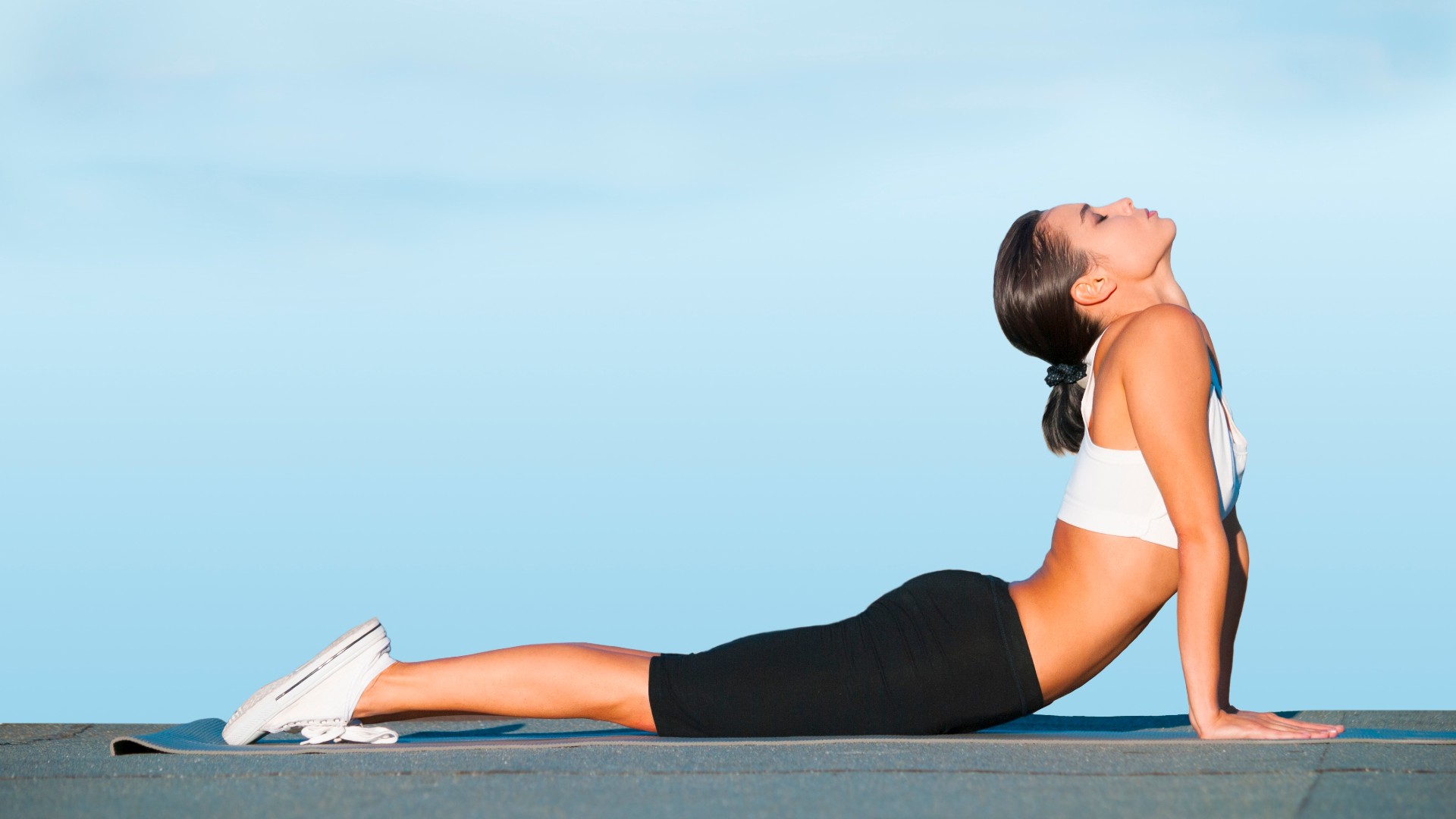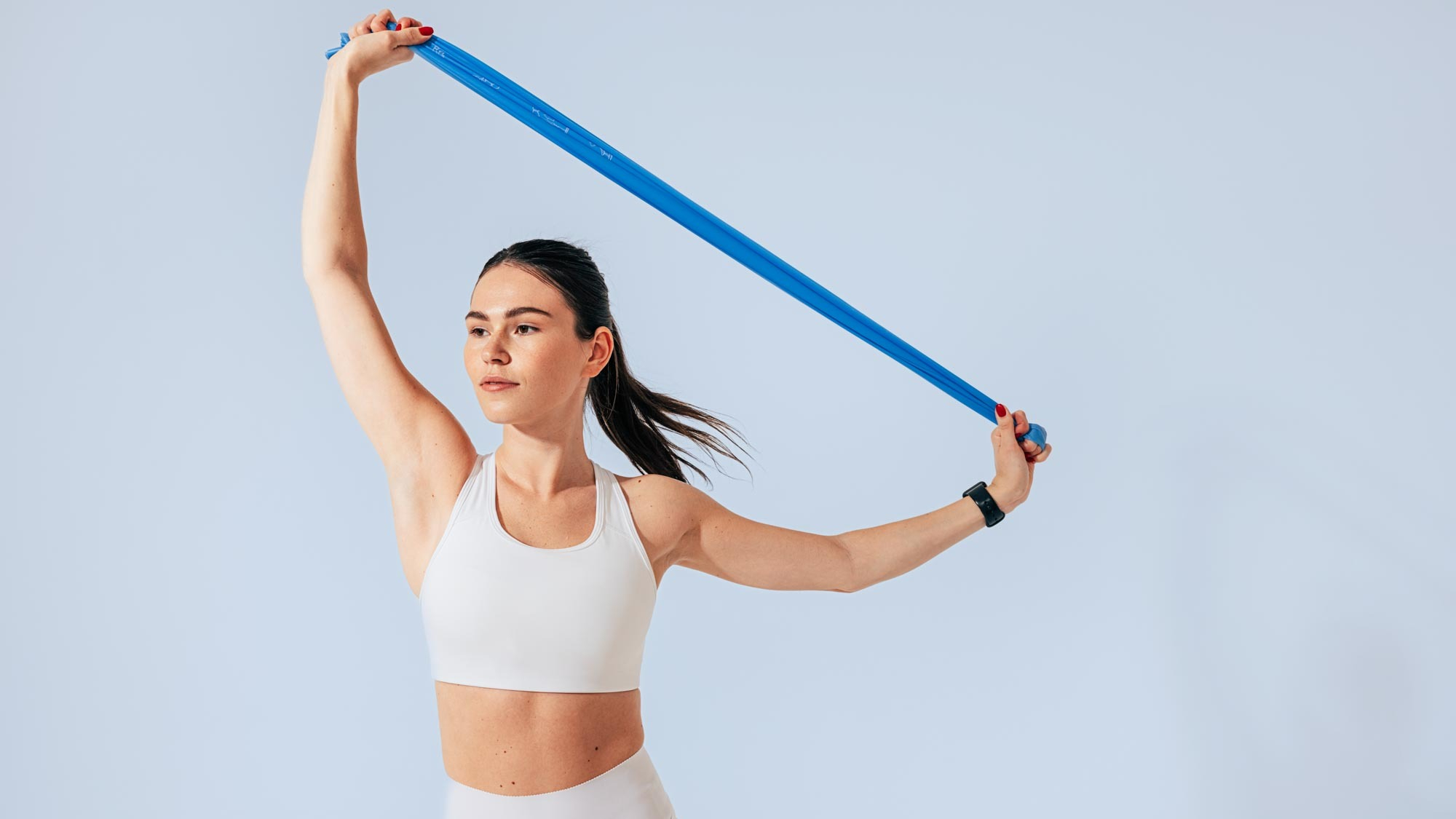
Healthy shoulders with plenty of range of motion will improve your movement quality and reduce injury risk while you exercise. Rather than relying on shoulder stretches to build mobile shoulders, try these upper-body moves instead.
As a trainer, I love learning from other fitness professionals, physiotherapists and chiropractors. You’re never done being a student in this industry and there’s always the opportunity to keep growing and learning.
With that in mind, I’ve been closely following the socials of Get Relief Fast, who recently published a shoulder mobility routine by Igor System, a mobility coach and personal trainer. All you need is a tennis ball or something similar. Watch the full routine below.
Watch Igor’s shoulder mobility routine:
You don’t need to try all the exercises in one routine if you don’t have time, so I’d pluck a few to add to an existing mobility routine if it needs a refresh or build a small circuit of the moves. That way, you have a bank of shoulder mobility exercises to turn to when you need them.
The routine starts with Igor kneeling close to a wall, working his shoulders through internal and external rotation while holding the tennis ball. Each exercise is dynamic, meaning you’ll move your shoulders as much as you can to drive movement rather than holding a stretch.
He doesn’t give reps or sets but recommends grabbing your tennis ball and doing these exercises for a "few minutes a day." I would work for at least 30-45 seconds per exercise per side or a more “traditional” format like 8-12 reps per side and 3-4 sets.
The next part of the series is performed from your stomach. You’ll need up to five tennis balls laid out in a triangle shape. Performed from the prone position — stomach down — these next exercises engage the muscles in your back and rear deltoids.
As you can see, Igor softly lifts his chest and focuses his primary attention on squeezing the shoulder blades together and drawing them down his back as he moves with full control rather than speed.
The last part of the series pulls two of the exercises from the first video and increases in difficulty as you perform them prone on the floor. I recommend resting your head on a cushion or yoga block for these final moves, as you’ll be on the floor for a while and don’t want to strain your neck.
This time, focus on keeping your chest and forehead down, then practice exchanging the ball from hand to hand as Igor does.
In day-to-day life, you naturally internally and externally rotate your shoulder joints; internal rotation involves rotating the limb toward your midline, whereas external rotation deals with moving the limb away from your body.

These 10 exercises mimic many of the patterns your shoulders are capable of moving in, improving shoulder and back mobility while strengthening muscles across your upper body.
The shoulders spend more time internally than externally rotated, as we all tend to sit for prolonged periods more often than not, or may have a habit of slouching and hunching.
For this reason, I recommend adding both types of rotation to work your shoulders more evenly, with a strong focus on external movement if you sit for long periods. One example of an internal shoulder rotation exercise (below) is the opposing motion to Igor’s second exercise demonstrated in the video, which deals with external rotation. Together, both are a powerful tonic for tight shoulders.
Because your shoulders technically have the most motion available of the joints, consider moving them in all planes of motion to keep them strong and healthy.







